
New leaves cover the oaks on this grassy hillside.
Fear not that the life shall come to an end, but rather fear that it shall never have a beginning. --J.H. Newman


Tom Milton, the founder of Selle An-Atomica was my sweetie and after his untimely death, I ran SAA for a year while his estate was being settled. His family took over the company and I ventured out on my own to form Rivet Cycle Works.

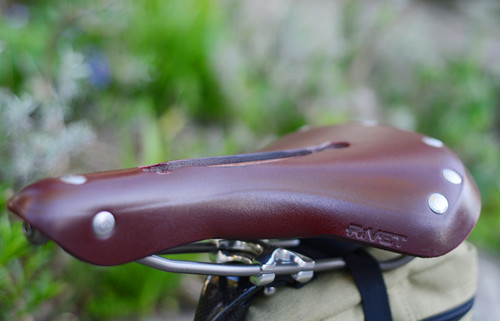

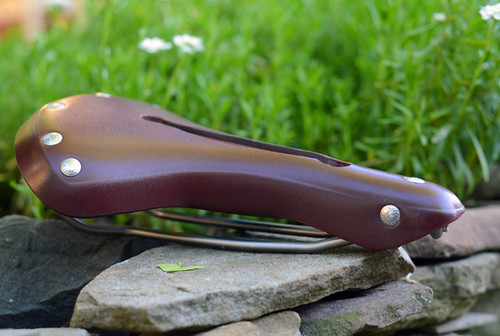

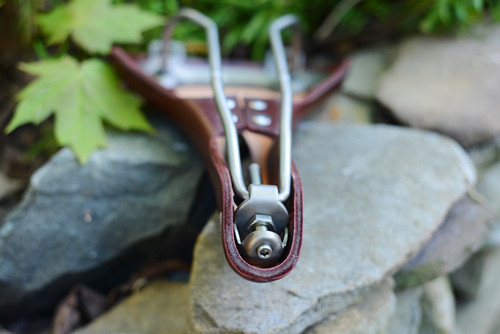




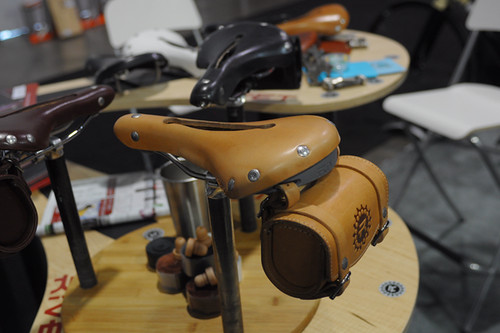







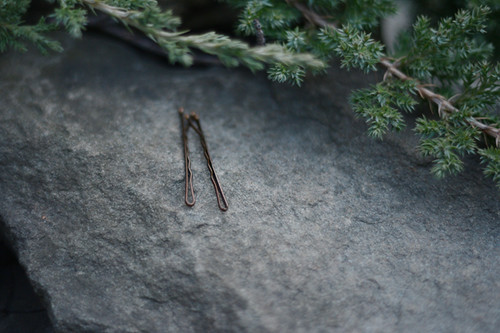

 One of the streams/waterfalls that drop hundreds of feet down the mountain side along the Glacier Highway.
One of the streams/waterfalls that drop hundreds of feet down the mountain side along the Glacier Highway. The river of ice fills the valley below and continues on up and around the mountain peak on the left. Those black streaks are dirt and rocks that the glacier has picked up as it moves imperceptibly over the mountains.
The river of ice fills the valley below and continues on up and around the mountain peak on the left. Those black streaks are dirt and rocks that the glacier has picked up as it moves imperceptibly over the mountains. It would not be an easy task, if even possible, to hike over this.
It would not be an easy task, if even possible, to hike over this.  Crevasses and holes would make it a rather treacherous journey. These aren't just ripples in the surface, they are deep. Perhaps a hundred feet or more.
Crevasses and holes would make it a rather treacherous journey. These aren't just ripples in the surface, they are deep. Perhaps a hundred feet or more. Salmon Glacier from another turnout two miles north. The clouds and fog obscured the little bit of sun that occasionally came through.
Salmon Glacier from another turnout two miles north. The clouds and fog obscured the little bit of sun that occasionally came through. The Salmon Glacier is the fifth largest glacier in Canada and is a remnant of the last glaciation period which occurred 14,000 years ago. What I saw and what is shown here are but a very small portion of the glacier which extends way back beyond the horizon.
The Salmon Glacier is the fifth largest glacier in Canada and is a remnant of the last glaciation period which occurred 14,000 years ago. What I saw and what is shown here are but a very small portion of the glacier which extends way back beyond the horizon. The sun did make an appearance now and then and the rain finally stopped - briefly. Down in the valley and a few miles to the south are the towns of Hyder, Alaska and Stewart, British Columbia.
The sun did make an appearance now and then and the rain finally stopped - briefly. Down in the valley and a few miles to the south are the towns of Hyder, Alaska and Stewart, British Columbia.
 The Long family plot at Salem Cemetery, Washington Township, Noble County, Indiana.
The Long family plot at Salem Cemetery, Washington Township, Noble County, Indiana. JOHN LONG / 1826 - 1900 / EMILY E. LONG / 1837 - 1929
JOHN LONG / 1826 - 1900 / EMILY E. LONG / 1837 - 1929John Long was born in Ross county, Ohio, Nov. 23, 1826, died Jan. 21, 1900, aged 73 years, 1 month and 25 days. He emigrated with his parents to Indiana at the early age of 10 years and remained with them till Oct. 12, 1854, at which time he united in marriage to Emily J. Joslin and moved to the site of his present home soon after. Seven children was the result of this union, three of whom preceded him.Emily's obituary was published on December 6, 1929 in the Columbia City Post, Whitley County, Indiana
He united with the Freewill Baptist church, of Ormas, Ind., in February 1890, and has always lived in consistent accord with its tenants. As to his Christian character and fortitude no words of praise can pay better tribute than his humble and patient resignation during the past eighteen months of his affliction. Never once complaining or murmuring as to his lot, but only waiting for the summons to come up higher. As evidence of his faith and hope when interrogated as to his future, he smilingly replied that all was bright to him and earnestly requested all to do right and meet him in a better world.
As a neighbor he was ever kind and true to his convictions of justice and right. As a husband and father his past life's devotion demonstrates better than words can tell. In the sacred grief of the friends thus deeply bereft we can but drop the tear of sympathy, and for consolation point me to Him who doeth all things well. Though confronted by sad mementos of the pale horse and its rider that has severed the silver cord and so ruthlessly broken the dearest of earthly ties, it has but strengthened that invisible tie that binds us to the spirit land beyond. Though sorrow chills our souls and the clouds of gloom cling close above our heads while the weary years roll by, we have the cheerful assurance, "there is light beyond the clouds" and every year but narrows the surging tide and brings us closer to a blissful reunion in that haven of peace and rest.
Funeral services were held at the Salem church, Tuesday, Jan. 23, conducted by his former pastor, S. H. Dull, of Hillsdale, Mich., and the remains were interred in the cemetery near the church.
Mrs. Emily Long, 91, passed away at the county hospital near here at 6:30 o'clock Friday morning following an invalidism of several years duration. Mrs. Long had been ill many months following a stroke of paralysis and in recent weeks had contracted a heavy cold which was thought to have hastened her death.
The deceased was born on December 12, 1837 and at the time of her death lacked but six days of being 92 years old. Mrs. Long was well known in the county. Surviving is one son, Mott Long, of Anderson, Ind. The decedent had been a patient at the institution where she died since February 20, 1928. The body has been removed to the Smith funeral home on South Line street.
Mrs. Long was a daughter of Mr. and Mrs. Thomas Long [sic] and was born at Columbus, Ohio. When a small child she came with her parents to Lorane. She was married to John Long in 1853. She was the mother of eight [sic] children, seven having preceded her in death. Funeral services will be held at the Smith funeral home Sunday afternoon at 2 o'clock with interment in the Salem cemetery in Noble county.


Edwin M. Long, past 71 years old, a native of Etna township, Whitley county, died Sunday afternoon at 1:05 o'clock at the county farm and asylum after an illness of almost a year due to infirmities of old age. He was confined to his bed for the past seven months.
He was born in Whitley county and was a son of John and Emily Long. His father preceded him in death but his mother makes her home at the county farm. She is past 91 years of age. Mr. Long resided in Whitley county practically all his life except for twenty years when he was a carpenter in Fort Wayne. He returned to Whitley county from Ft. Wayne two years ago.
The deceased was twice married. His first marriage was to Dora Jane Bowlby. Two children were born to this union. Esta, wife of Samuel Swihart, of Fort Wayne, and Coral Haynes, of Kettle Falls, Wash. He was married a second time to Florence Kimes, of Ft. Wayne, who survives. Mrs. Long has been at the county farm for the past several months aiding in caring for her husband. There are two step children surviving this marriage, Ralph Kimes of Ft. Wayne, and Edna Kimes of New York. A brother, Mott Long, resides at Anderson. There are nine grandchildren and three great grandchildren living. Shortly before his death Mr. Long made arrangements to be baptized in the Mennonite church.
Funeral services will be held on Tuesday afternoon at 2 p.m. at the Hood & Smith funeral home in Columbia City. Rev. Benjamin King, of Fort Wayne, will conduct the services and burial will be in Salem cemetery.